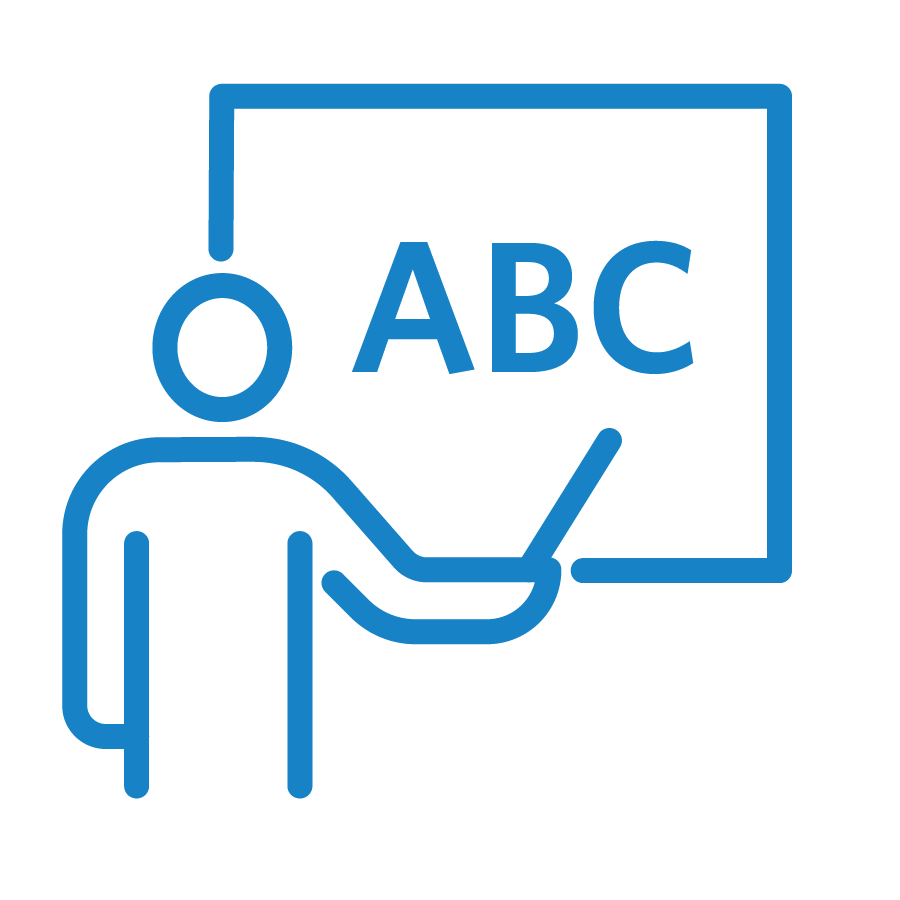Filter resources by:
Select a filter from the drop down menu to apply the filter. Page reloads upon selection
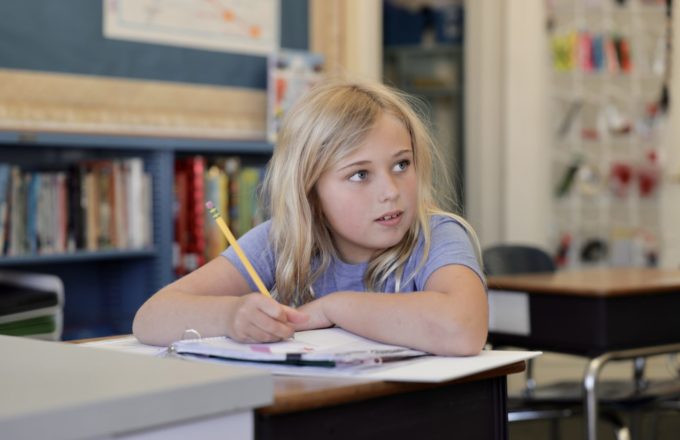
Dec 21, 2022
The Language Box
The rows in the Language Box™ ask us to consider the ways we process or produce language: orally and in writing. So let’s consider what each of the four boxes means for a student: Oral language skills include listening and speaking. Oral language is processed through listening. Students are asked to comprehend and apply what
Read Strategy
Dec 8, 2022
The Hidden Demands of Writing
Another way to think about the many necessary literacy skills inherent in written expression is to examine the hidden demands in the writing process: Comprehension To write with clarity, students must understand what they have read, and they must also understand the prompt for writing. For instance, if the task is to explain three personality
Read Strategy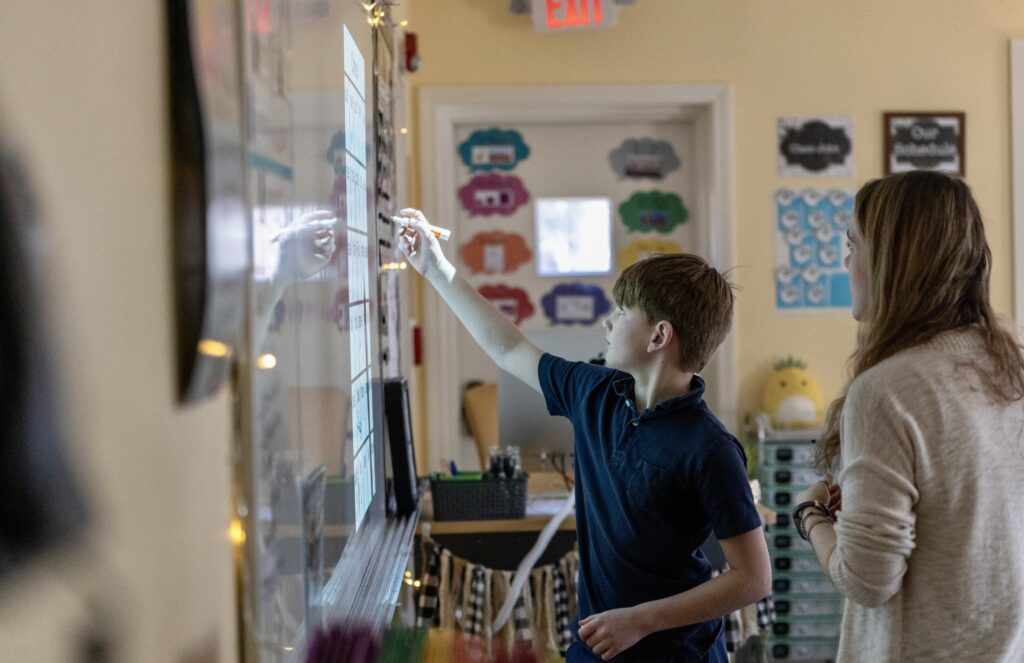
Nov 28, 2022
Using Consistent Language and Cueing to Support Both Social Communication and Classroom Management
Students do better when language related to social communication is consistent. It can help to create an environment that lessens anxiety attributed to unpredictability and places the focus back on the subject. Consistent language allows students to feel comfortable understanding what is expected of them in the classroom and can provide predictability when other areas
Read Blog
Nov 15, 2022
Hot and Cool Executive Function Skills
Cool Executive Function We activate our cool executive functions when we are asked to complete a task that lacks an emotional or motivational component, meaning that the task at hand is low-stakes and there are few consequences dependent on successful or unsuccessful completion. Many executive functioning tests given in clinical settings measure these types of
Read Strategy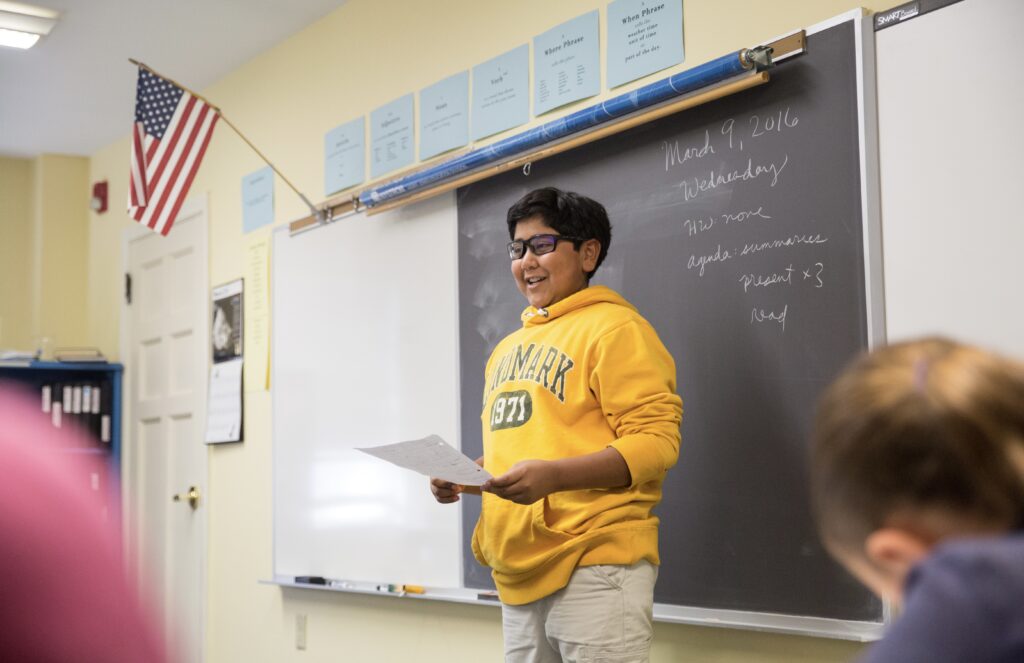
Nov 13, 2022
Scaffolding the Thinking Phase for Students with Expressive Language Deficits
In our previous roles as the Director and Assistant Director of the Expressive Language (EL) Program at Landmark High School, we worked with students with a primary diagnosis of specific learning disability in reading, writing, or math (also called LBLD, or a language-based learning disability). Students placed in the EL Program face the compounded obstacle
Read Blog
Oct 28, 2022
Building Contextual Reading Fluency Through Phrase-Level Practice
Building your repertoire of phrase-level activities can help you address the fluency needs of a broad range of students. Let’s look at three different types of students that may benefit from phrase-level fluency instruction: Emergent readers: Using isolated phrase practice or building from the phrase-level into passages can increase automaticity and provide the structure that
Read Blog
Oct 14, 2022
Scarborough’s Reading Rope
Developed by Hollis Scarborough in 2001 and explained in her paper titled “Connecting Early Language to Later Reading (Dis)Abilities”, this helpful infographic, often called Scarborough’s Rope or the Reading Rope, explains how essential language skills work together to develop skilled reading. Similar to the equation in the Simple View of Reading R = D x
Read Strategy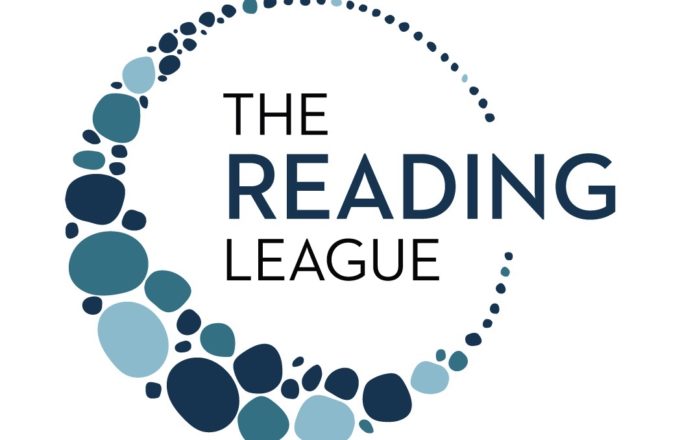
Oct 13, 2022
Decodable Texts from The Reading League
Explore this comprehensive list of decodable texts for students of all ages from The Reading League. Landmark Outreach is one of its mission partners.
Read Article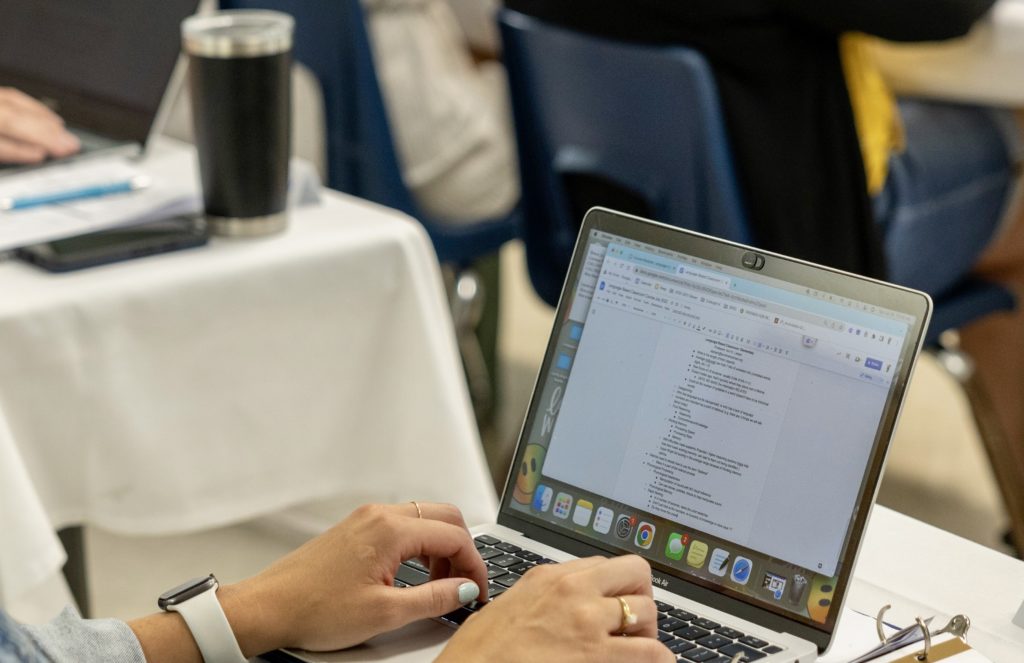
Oct 4, 2022
Computer Science and Accessibility
Using Block-Based Code There are a few quick and easy ways you can make your computer science courses more accessible to students with Language-Based Learning Disabilities (LBLD). I like to start students who are new to CS with a block-based program like Scratch, Arcade MakeCode or MIT App Inventor. These programs allow students to access
Read Blog